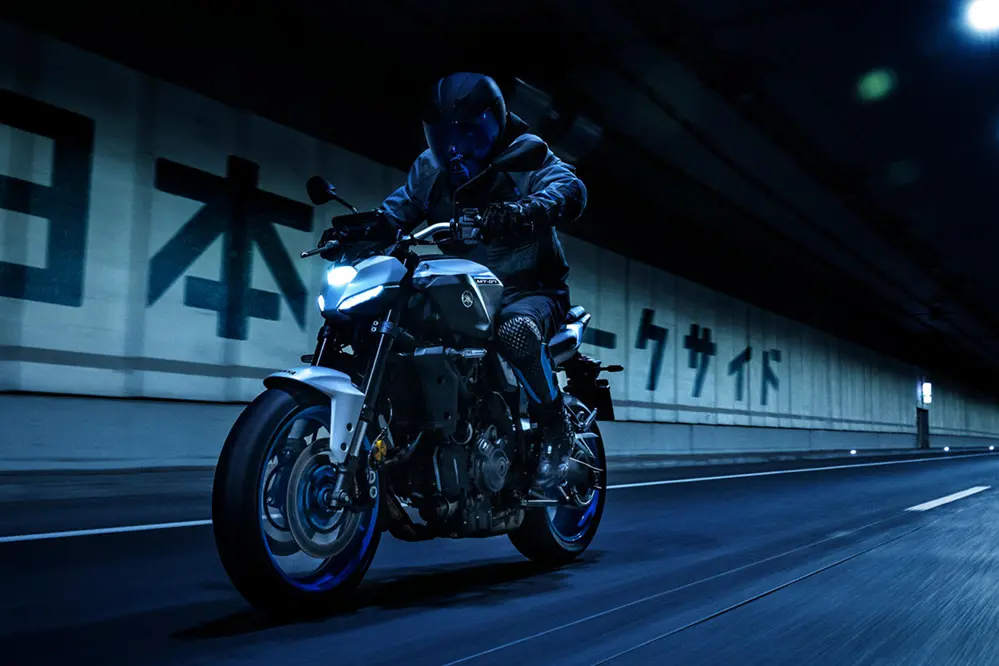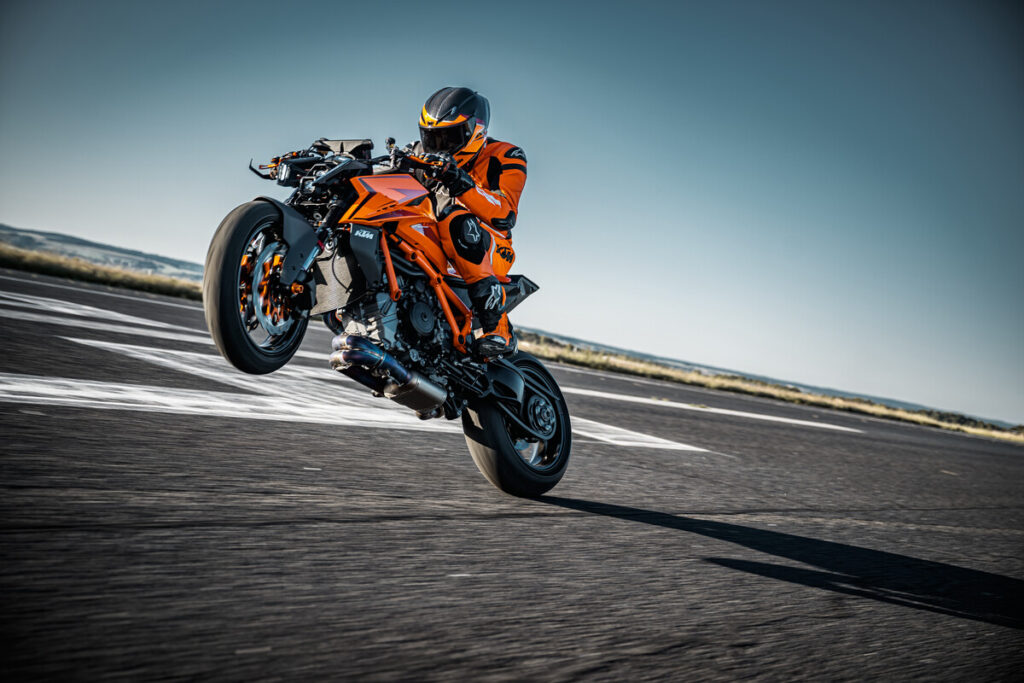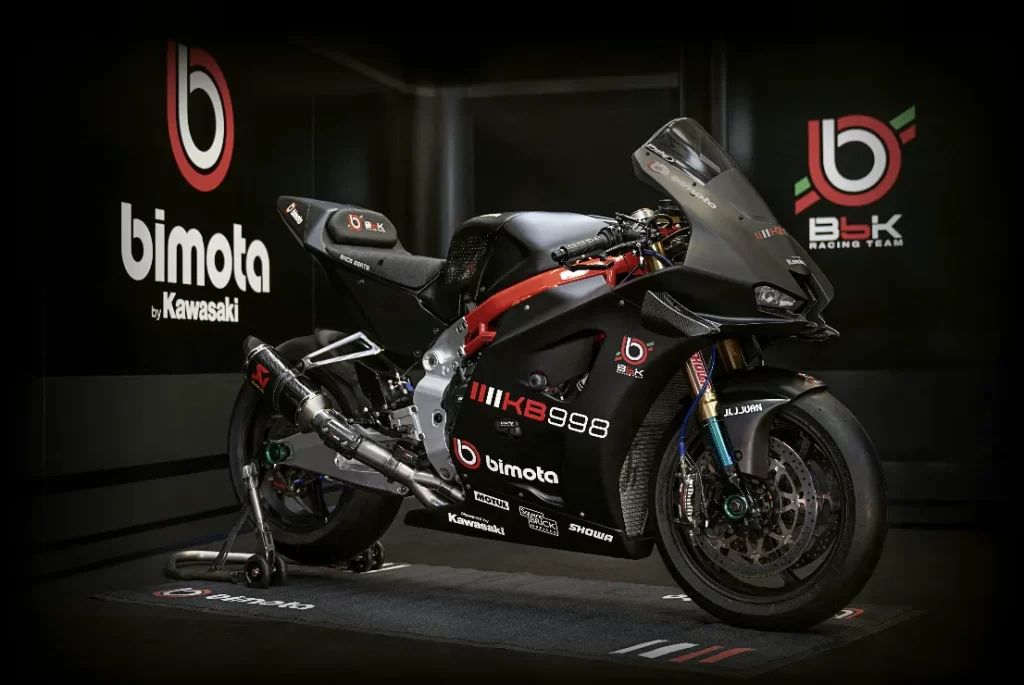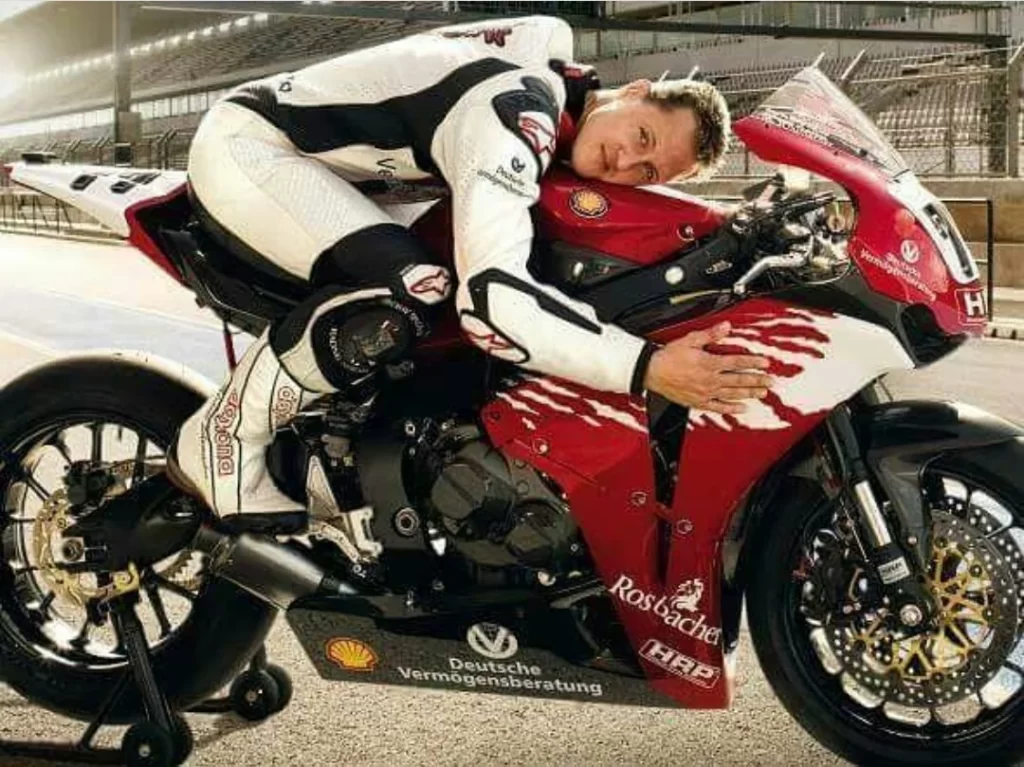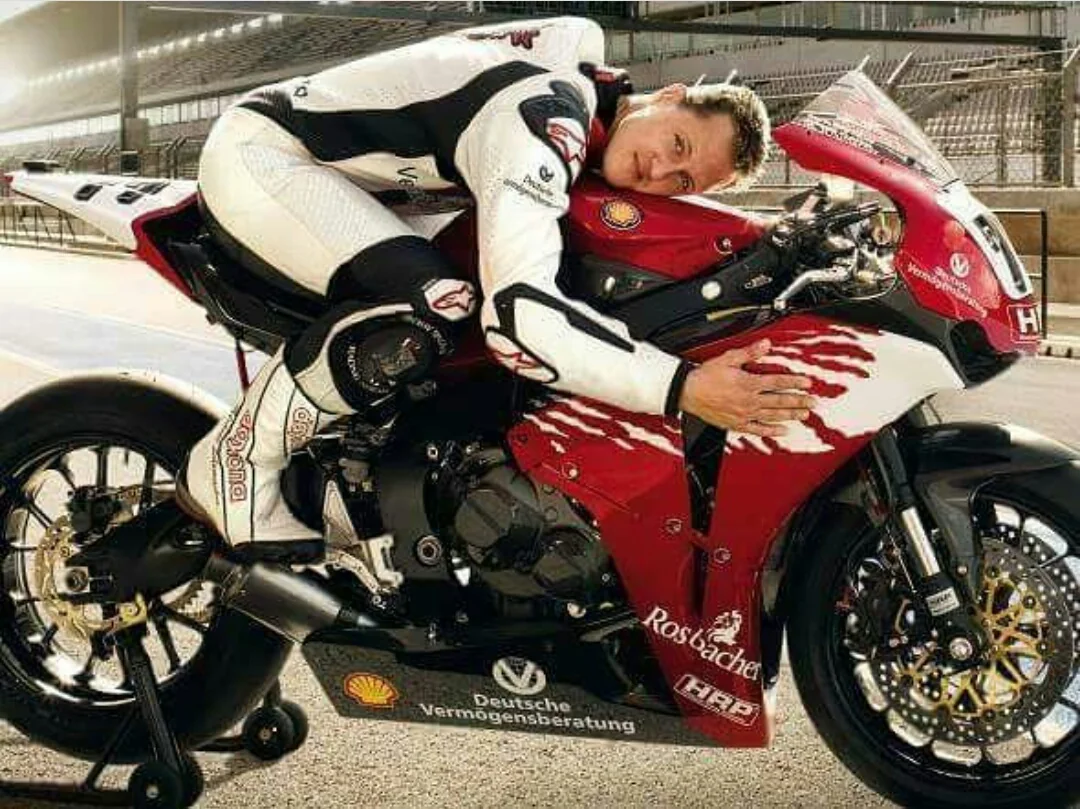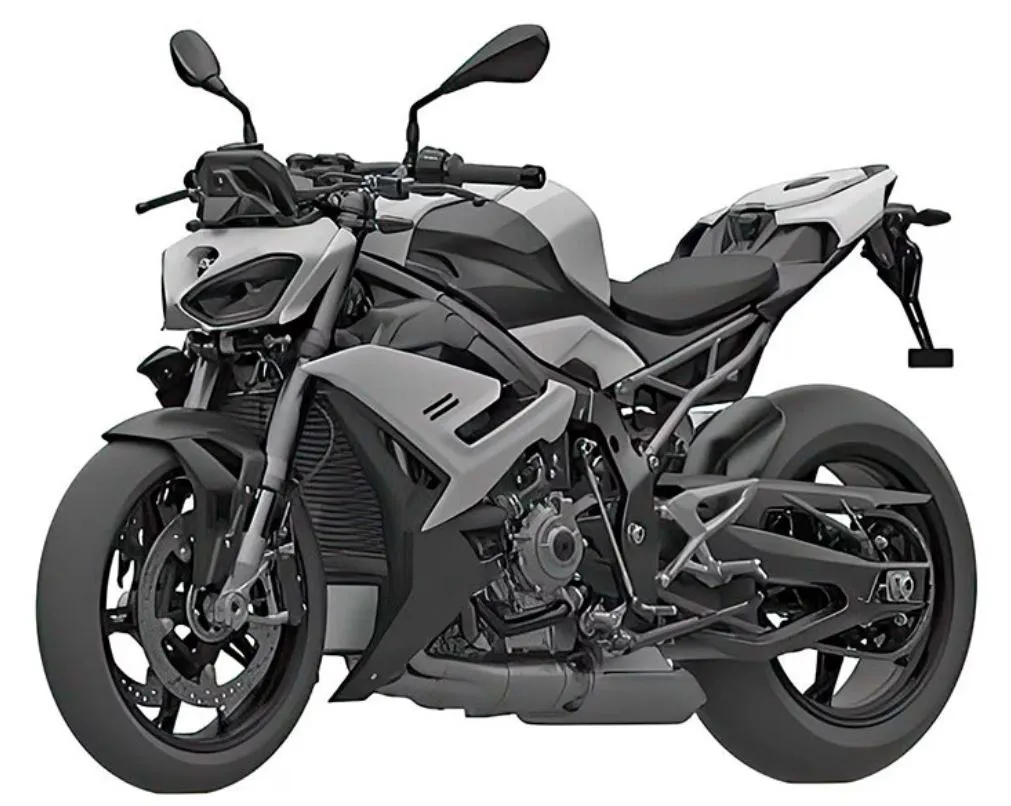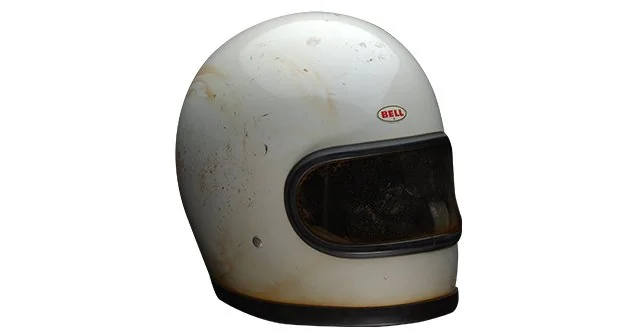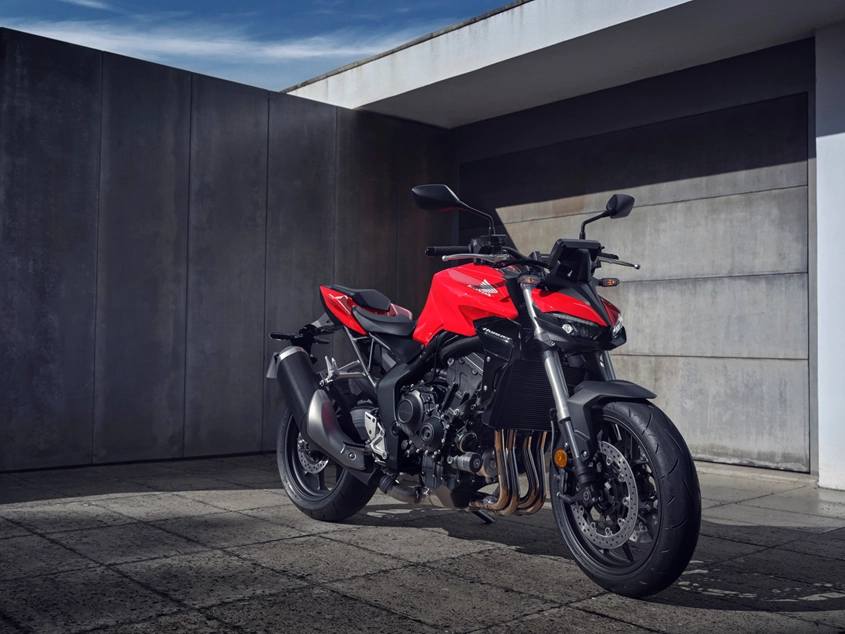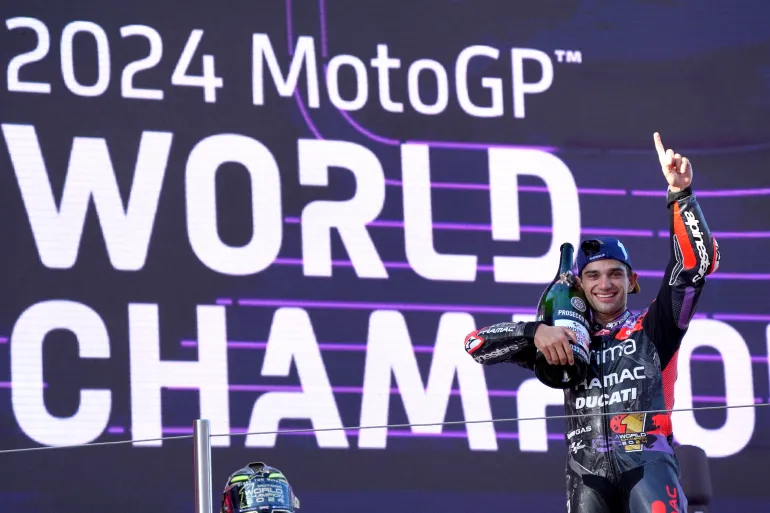The 2025 Yamaha MT-07 has been launched, marking the model’s fourth generation since its introduction in 2014. Instead of refreshing its looks alone, the new bike brings along many changes throughout including new chassis, electronics, weight reduction, and electronic features.
Highlights:
- The engine remains unchanged: 690cc, parallel-twin with 270-degree crank, which produces 72.4hp at 8,750 RPM, and is now Euro5+ compliant.
- Taking the cue from its bigger MT-09 brother, there is also an acoustic amplifying system which channels the engine’s induction sounds to the rider through the tank.
- The intake element’s size, shape, and layout have been altered with four openings on the restyled 14-litre fuel tank.
- Yamaha says the induction sound is most noticeable when accelerating out of slow corners with 25% to 50% throttle.
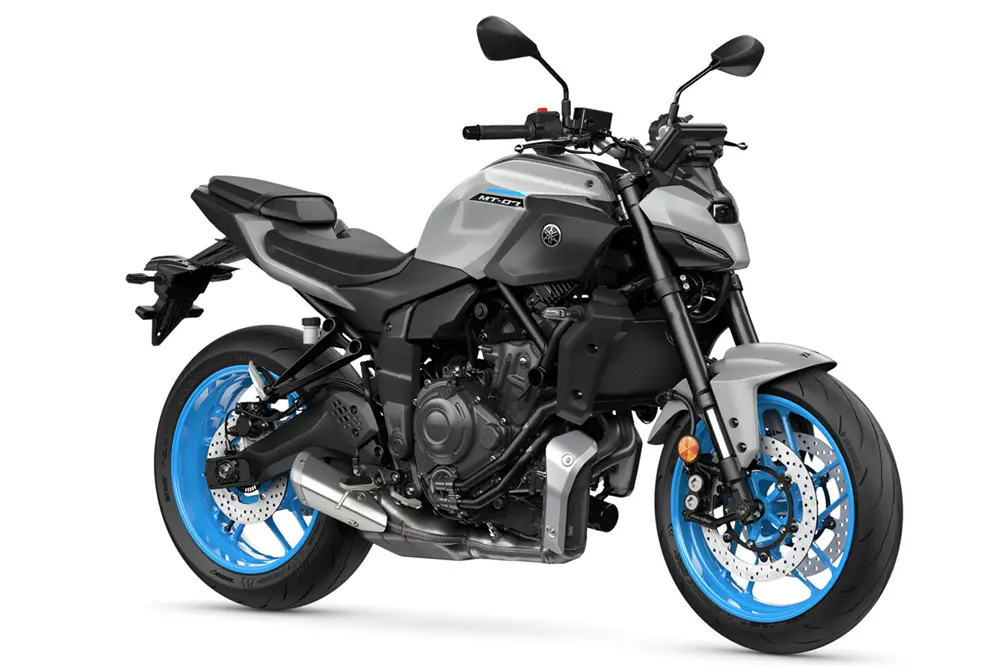
- There is now an assist and slipper clutch for easier downshifts and reduces clutch lever pull force by 22%.
- Buyers can opt for the semi-automatic Y-AMT variant, which deletes the clutch and gear levers, allowing them to shift gears via buttons on the handlebar.
- Overall weight has been reduced by 1kg to 183kg, which is 7kg less than the Honda Hornet and 19kg lighter than the Suzuki GSX-8S.
- The new rims are spinforged and 500g lighter, reducing inertia by 4%.
- The new bodywork presents a familial tie to the MT-09, but with a more minimalist headlight unit.
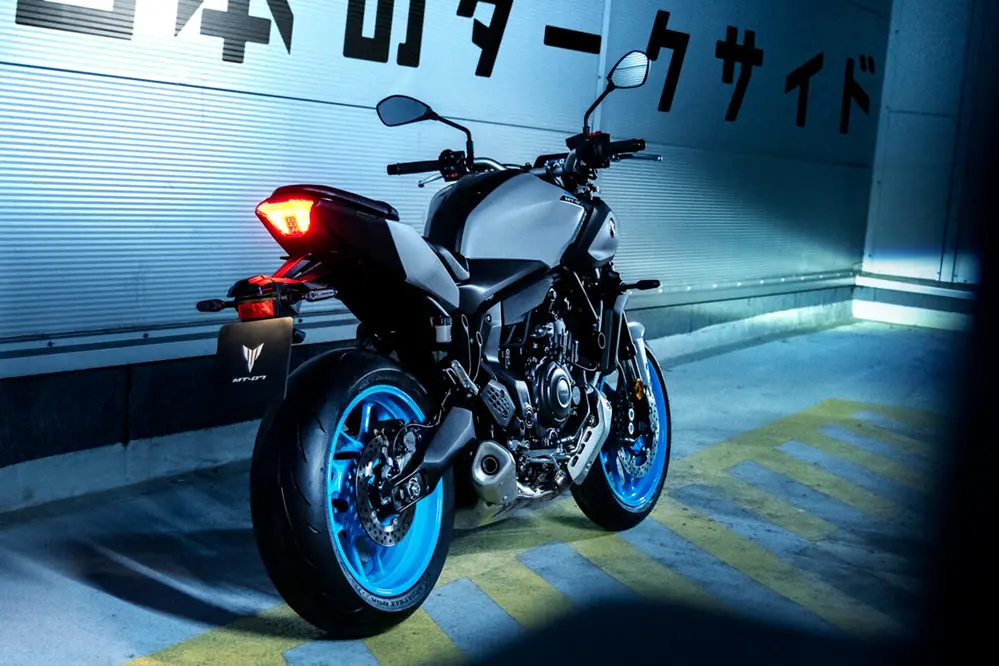
- A new handlebar creates a sportier riding position: 18mm wider, 22mm lower, 9.3mm closer to the rider.
- The footpegs are lowered by 10mm to fit taller riders and the cutout in the tank allows the rider to grip it with his knees.
- The tubular steel frame is all-new and Yamaha claims 12-13% increase in torsional, longitudinal, and lateral rigidity. There is also a new swingarm pivot for the new swingarm.
- The 2025 Yamaha MT-07 sports new 41mm upside-down forks up front.
- There is a new shock linkage for the rear monoshock which is now adjustable for preload and rebound.
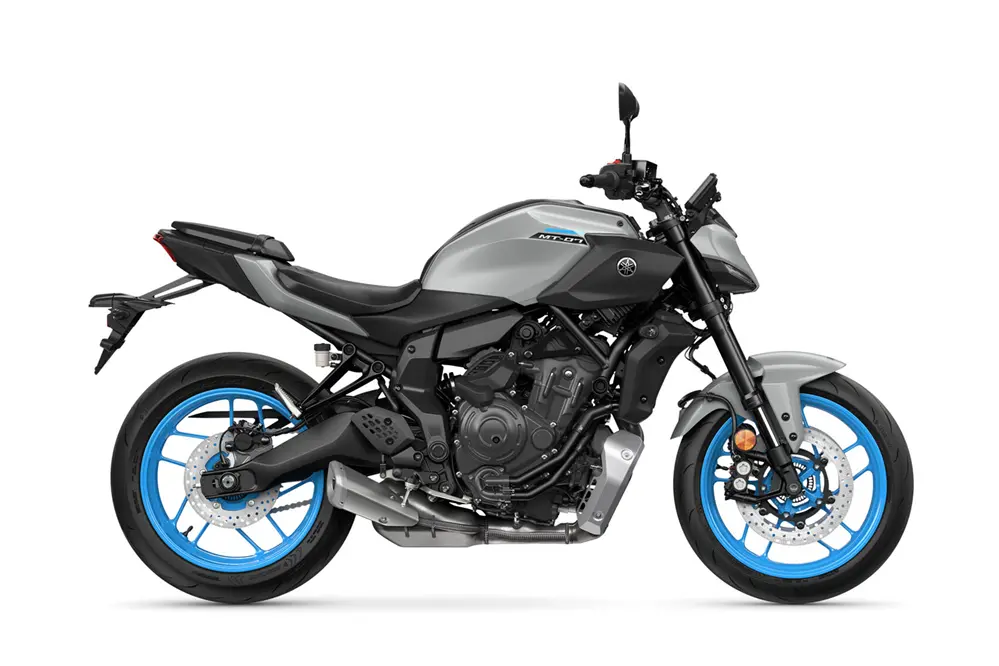
- The front brakes are upgraded to dual four-piston calipers.
- Moving over to the electronics, there is a 5-inch TFT screen with Bluetooth connectivity.
- The throttle is now ride-by-wire, enabling three riding modes, and two levels of traction control.
- Quickshifter is optional with the manual variant.
- Yamaha has not announce the price of the 2025 Yamaha MT-07.



